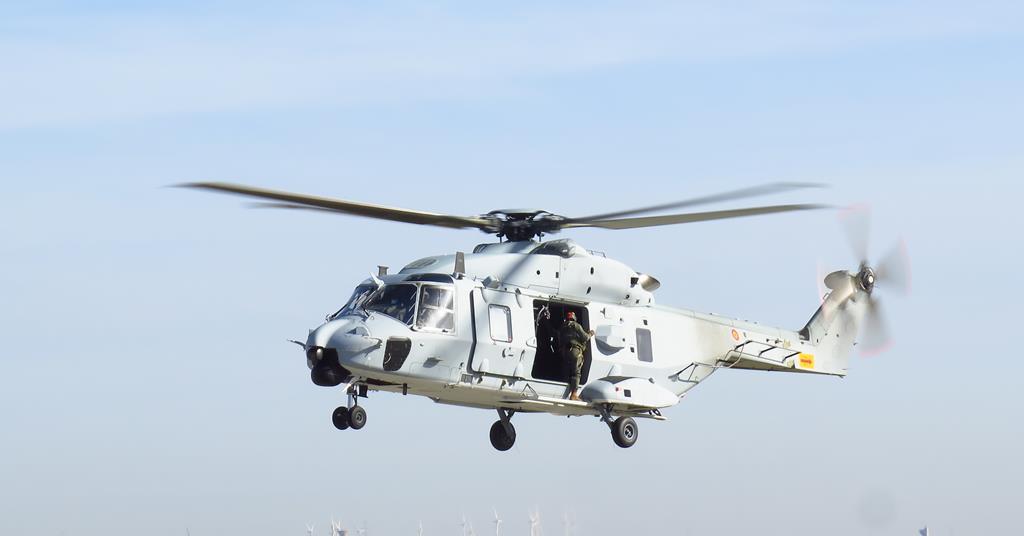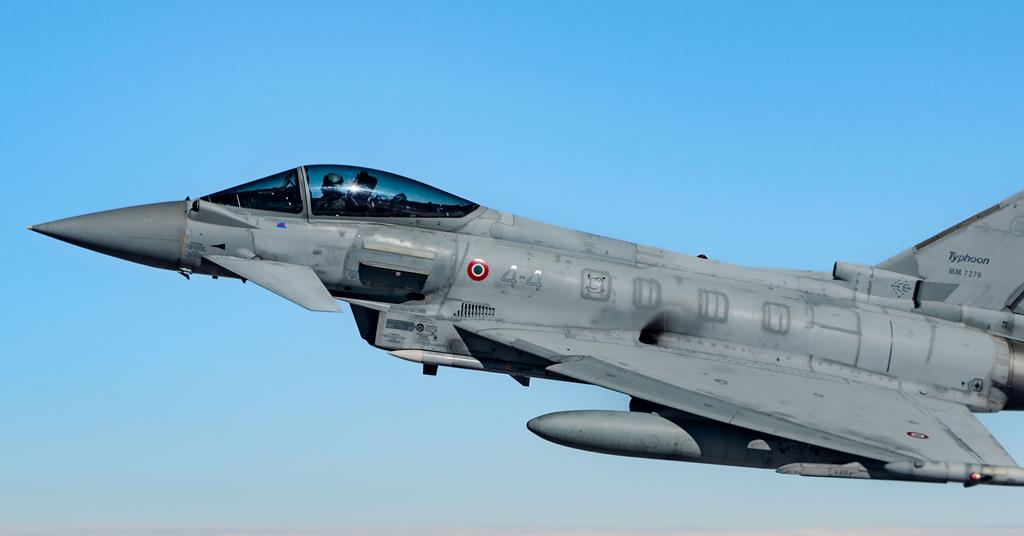Company
Legal Links
Contact
- +44 7947 753363
- contact@skylineairporttransfers.co.uk
- 6 Walsall Street Bilston Wolverhampton WV14 0AT
© Skyline Airport Transfers. Created by![]() Beaphoenix WebDesign ltd
Beaphoenix WebDesign ltd
Popular Locations:
Birmingham: Aston, Bournville, Edgbaston, Erdington, Great Barr, Hall Green, Handsworth, Harborne, Northfield, Quinton, Soho, Sutton Coldfield, Amblecote, Brierley Hill, Coseley, Cradley, Gornal, Halesowen, Kingswinford, Lye, Netherton, Sedgley, Stourbridge, Quarry Bank, Bearwood, Blackheath, Cradley Heath, Great Bridge, Old Hill, Rowley Regis, Smethwick, Tipton, Tividale, Wednesbury, West Bromwich, Balsall Common, Bickenhill, Castle Bromwich, Chelmsley Wood, Dorridge, Elmdon, Hampton in Arden, Kingshurst, Knowle, Marston Green, Meriden, Monkspath, Hockley Heath, Shirley, Aldridge, Birchills, Bloxwich, Brownhills, Darlaston, Leamore, Palfrey, Pelsall, Pheasey, Shelfield, Streetly, Willenhall, Bilston, Blakenhall, Bushbury, Compton, Ettingshall, Heath Town, Oxley, Penn, Tettenhall, Wednesfield, Burntwood, Lichfield, Cannock, Rugeley, KIDDERMINSTER, Brierly Hill,
STOURPORT-ON-SEVERN
Coventry: Allesley, Binley, Keresley, Stoke, Tile Hill
Leicester: Abbey Rise, Ashton Green, Aylestone, Beaumont Leys, Bede Island, Belgrave, Blackfriars, Braunstone, Braunstone Frith, Bradgate Heights, Clarendon Park, Crown Hills, Dane Hills, Evington, Evington Valley, Eyres Monsell, Frog Island, Goodwood, Hamilton, Highfields, Horston Hill, Humberstone, Humberstone Garden, Kirby Frith, Knighton, Mowmacre Hill, Netherhall, Newfoundpool, New Parks, North Evington, Northfields, Rowlatts Hill, Rowley Fields, Rushey Mead, Saffron, Southfields, South Knighton, Spinney Hills, Stocking Farm, Stoneygate, St. Matthew’s, St. Mark’s, St. Peters, Thurnby Lodge, West End, West Knighton, Western Park, Woodgate
Derby: Matlock, Ripley, Ashbourne, ILKESTON, SWADLINCOTE , BURTON-ON-TRENT, BAKEWELL,
ALFRETON, BELPER, HEANOR
Telford: Market Drayton, Newport, Shifnal, Broseley, Much Wenlock
Stoke: Stoke-on-Trent, Newcastle, Leek, Uttoxeter, Stone, Stafford
Worcester: Worcester, Droitwich, Pershore, Broadway, Evesham, Malvern, Tenbury Wells
Gloucester: Gloucester, Cheltenham, Stroud, Cirencester, Tewkesbury, Badminton, Berkeley, Blakeney, Chipping Campden, Cinderford, Coleford, Drybrook, Dursley, Dymock, Fairford, Lechlade, Longhope, LydbrookLydney, Mitcheldean, Moreton-in-Marsh, Newent, Newnham, Ruardean, Stonehouse, Tetbury, Westbury-on-Severn, Wotton-under-Edge.
Nottingham: Nottingham, Sutton-in-Ashfield, Mansfield, Newark, Southwell, Grantham, Sleaford
Leicester: Leicester, Hinckley, Loughborough, Melton Mowbray, Oakham Market, Harborough, Lutterworth, Wigston, Ashby-de-la-Zouch, Ibstock, Markfield
Oxford: Oxford, Kidlington, Chipping Norton, Thame, Wallingford, Didcot, Wantage, Abingdon, Banbury, Carterton, Woodstock, Bicester, Witney, Chinnor, Watlington
Chester: Chester, Deeside, Bagillt, Buckley, Holywell, Birkenhead, Preston, Wallasey, Wirral, Neston, Ellesmere Port, Prenton
Airports we serve:
BHX: Birmingham Airport
EMA: East Midlands Airport
LHR: London Heathrow Airport
MAN: Manchester Airport
LGW: London Gatwick Airport
LTN: London Luton Airport
SOU: Southampton Airport
BRS: Bristol Airport
LPL: Liverpool John Lennon Airport
LCY: London City Airport
STN: London Stansted Airport



The death toll in the fatal crash of a Jeju Air Boeing 737-800 at South Korea’s Muan airport has risen to 122 out of the 181 aboard the jet.
According to South Korea’s official Yonhap news agency, firefighting sources say that only two of the 181 aboard the aircraft (HL8088) are likely to have survived.
Footage on social media shows the aircraft flying down runway 19 at Muan without its landing gear lowered. The aircraft’s spoilers and flaps also appear to not have been deployed.
After skidding down the runway the jet veered off and exploded. Reports indicate that it hit a wall.
Another video on social media purports to show the aircraft on approach when its right side CFM56 engine spits out flame and smoke. Speculation suggests a bird strike caused this.
The aircraft had been operating flight 7C2216 from Bangkok.
Flight tracking sites stopped tracking the aircraft just south of Muan’s opposite runway 01.
“At approximately 9:03 AM on December 29, a fire broke out on Bangkok-Muan Flight 7C2216 at Muan International Airport while landing,” says Jeju Air chief executive Kim Lee-Bae.
“Above all, I would like to express my deepest condolences and apologies to the passengers and their families who lost their lives in the accident. As of now, it is difficult to determine the cause of the accident, and we must wait for the official investigation announcement from the relevant government agencies. Regardless of the cause of the accident, I feel responsible as the CEO.”
The crashed aircraft had diverted two days earlier on 27 December while operating a Jeju-Beijing service. The aircraft, operating flight 7C8135, diverted to Seoul Incheon, flying back over the Yellow Sea after entering Chinese airspace above Qingdao.
The aircraft subsequently resumed service 7C8135 to Beijing, finally landing 3h behind schedule. From late on 27 December until the morning of 29 December it operated nine sectors, most of which were international, before the ill-fated Bangkok-Muan service.
Source link
Share This:
admin
Plan the perfect NYC Memorial Day weekend
Pack only what you need and avoid overpacking to streamline the check-in and security screening…
LA’s worst traffic areas and how to avoid them
Consider using alternative routes, such as Sepulveda Boulevard, which runs parallel to the 405 in…
Spanish navy eyes Standard 2 special forces variant for next batch of NH90s
Spain has confirmed its interest in the acquisition of an advanced special forces variant of…
Bangladesh signs LOI with Leonardo for Eurofighter Typhoon purchase
Bangladesh has signed a letter of intent (LOI) with Leonardo signalling its interest in acquiring…
Netherlands crew loads weapons on USAF F-35A in interoperability demonstration at Ramstein air base
Netherlands air force maintainers have demonstrated the ability to load weapons aboard a Lockheed Martin…
Air France A350 crippled by collapsed radome after bird-strike damage undetected
French investigators believe inadequate maintenance checks on an Air France Airbus A350-900’s radome led to…
Skyeton Prevail plans further Raybird UAV demonstrations after Iron Titan exercise success
Anglo-Ukrainian joint venture Skyeton Prevail Solutions is planning further UK demonstrations of its Raybird uncrewed…
Tractor pushed 737 into Stansted blast fence as driver focused on instructing trainee
UK investigators believe a tow-tractor instructor was focused on training another driver when the vehicle…
SunExpress chief Kownatzki to lead Eurowings as Bischof steps down
SunExpress chief executive Max Kownatzki will leave to take up the same position at Eurowings,…
Unidentified A350-1000 deal in November takes Airbus net orders to 700
Orders for eight Airbus A350-1000s from an undisclosed customer during November helped push the airframer’s…
Leonardo lands new support contract for Italian air force C-27J Spartan fleet
Leonardo has been awarded a new multi-year contract to provide continued in-service support for Italy’s…
RAF hails Boeing P-8A Poseidon maritime patrol capability after completing NATO deployment to Iceland
The UK Royal Air Force (RAF) has hailed the performance of its Boeing P-8A maritime…